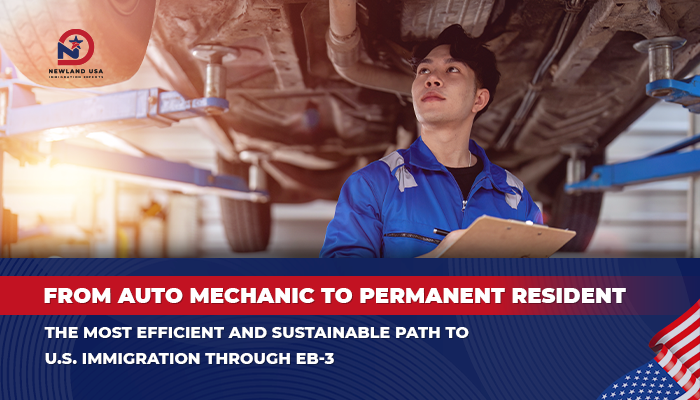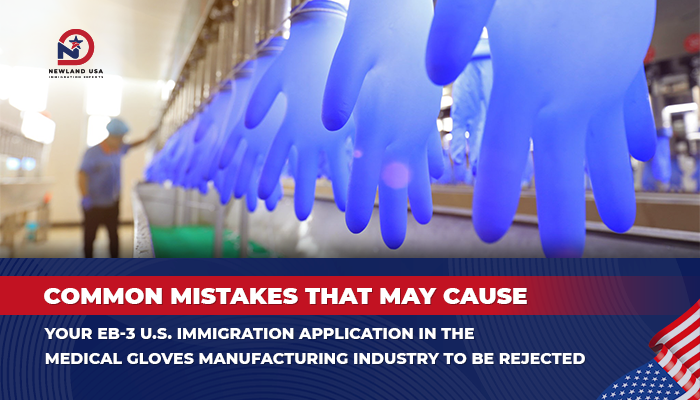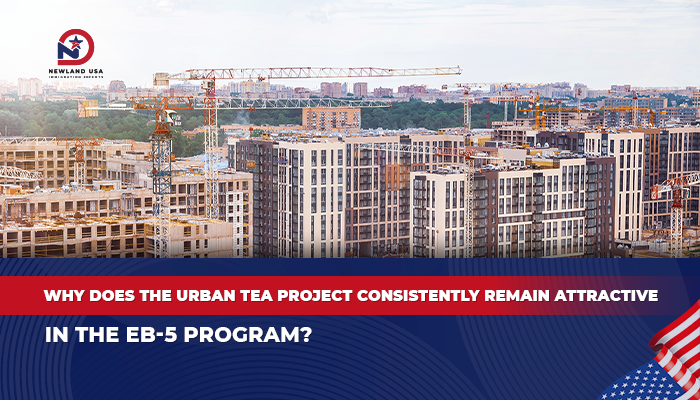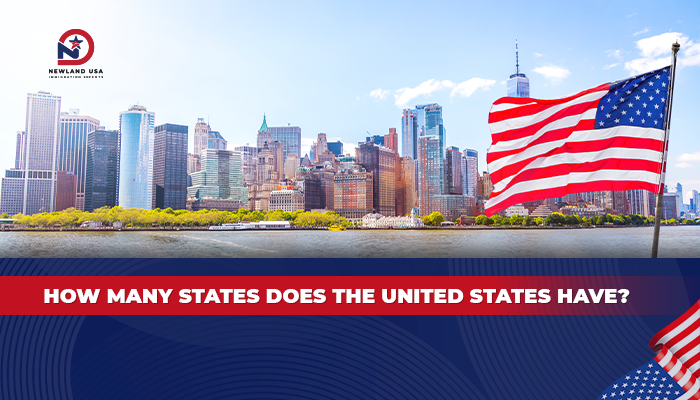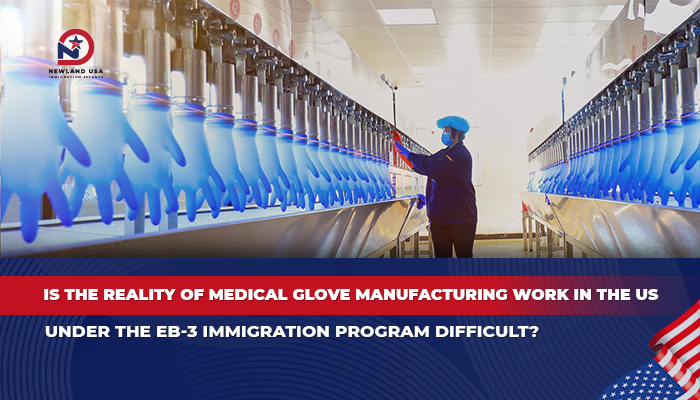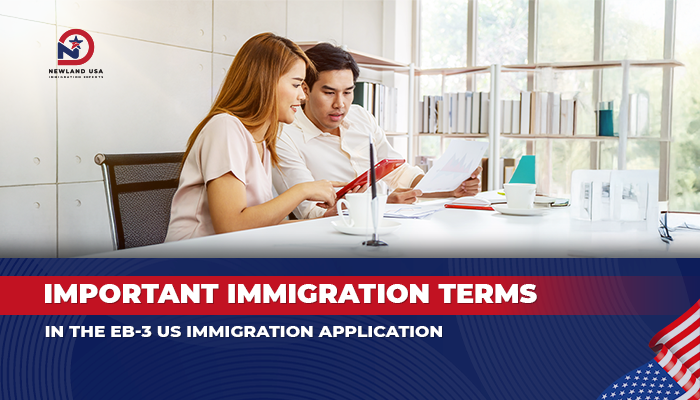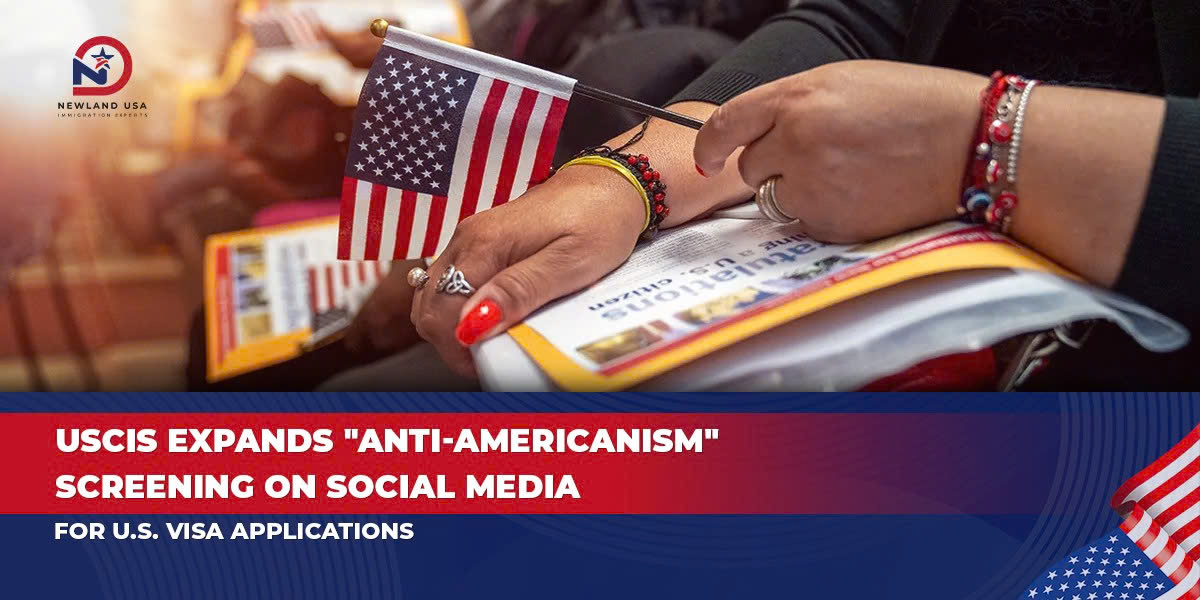What is the Dignity Act 2025 and How Does It Impact the US EB3 Immigration Program
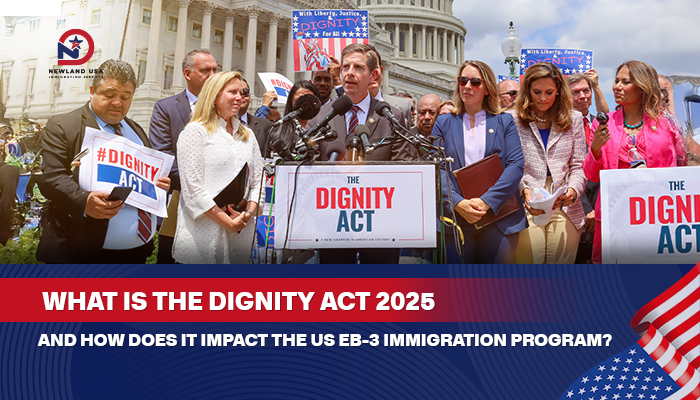
With the Dignity Act 2025 officially introduced to the US Congress in July 2025, thousands of US EB3 immigration applicants are eagerly awaiting positive changes. The Dignity Act 2025 promises to revolutionize the legal immigration system, especially bringing new hope to the EB3 program by significantly reducing application processing time. Could this be the historic turning point that the immigration community has been waiting for so long?
1. Current Status of the US EB3 Immigration Program
The EB3 program is currently facing challenges that make many applicants feel discouraged. The waiting time to complete the US EB3 immigration process has become a nightmare for millions of people.
1.1. Extended Processing Time
According to the latest statistics, the time to complete EB3 program applications ranges from 3-7 years for most countries and depends on the program category. However, for high-demand countries like India, this number reaches over 12 years, while China must wait over 4 years and Vietnam approximately 2-3 years for skilled worker categories.
1.2. Root Causes of the Problem
One of the main reasons why US EB3 immigration faces difficulties is the current visa quota calculation method. Under current regulations, the annual visa allocation includes both primary applicants and dependent family members. This leads to dependents occupying up to 70% of the total actual visas, severely reducing opportunities for primary workers.
The backlog situation is also at an alarming level with over 1.07 million applications waiting for processing in both EB2 and EB3 categories. Notably, approximately 134,000 children are facing the risk of losing their dependent status when they turn 21 due to excessively long processing times.
2. Dignity Act 2025 – A New Ray of Hope for Immigrants
2.1. Background of the Bill’s Creation
The Dignity Act 2025 (H.R. 4393) was officially presented to the US House of Representatives on July 15, 2025, with the ambition to comprehensively reform the legal immigration system. The most notable point is that the Dignity Act 2025 receives support from both the Democratic and Republican parties – a rare occurrence in immigration reform.
2.2. Core Philosophy of the Bill
The Dignity Act 2025 is built on two main foundations: strengthening border security and expanding legal immigration pathways. This reflects a balanced approach that both ensures national security and creates favorable conditions for those who want to contribute to the US economy.
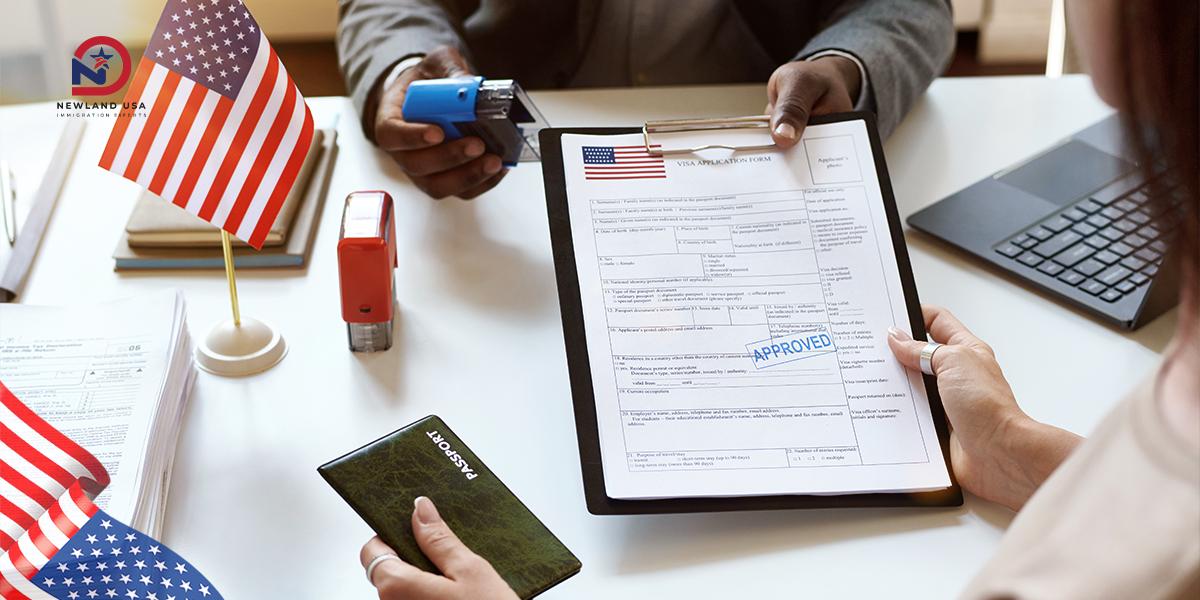
3. Major Changes the Dignity Act 2025 Brings to the EB3 Program
3.1. Visa Quota Reform – An Important Breakthrough
One of the most revolutionary changes of the Dignity Act 2025 is removing dependents from the annual visa quota. This means only primary applicants count toward the quota, helping to double or triple the actual visas available for EB3 program workers.
This change not only reduces retrogression but also protects “Documented Dreamers” – children of legal visa holders for over 10 years from the risk of losing legal status when they turn 21.
3.2. Increased Investment in Processing Systems
The Dignity Act 2025 proposes significant budget increases for key immigration agencies:
- Department of Labor: From $65 million to $260 million, aimed at shortening PERM labor certification processing time
- USCIS: Receives $2.56 billion to address I-140 backlogs and status adjustments
- State Department: $852 million to reduce consular processing delays
3.3. Establishment of Unified Coordination Agency
Another bright spot of the Dignity Act 2025 is the proposal to establish an Immigration Agency Coordination Office. This agency will unify processes between the Department of Homeland Security, State Department, and Department of Labor, reducing overlap and optimizing US EB3 immigration processing time.
4. Direct Impact on EB3 Application Processing Time
4.1. New Processing Time Projections
With the strong reforms from the Dignity Act 2025, the time to complete the EB3 program is expected to decrease significantly. Expanding the actual quota for primary workers combined with increased budget for processing agencies will create immediate positive effects.
Particularly, countries currently experiencing high backlogs like India, China, and Vietnam will benefit most from these changes.
4.2. Benefits for Pending Applications
An important question many US EB3 immigration applicants are concerned about is whether those who have already filed applications will benefit from the Dignity Act 2025. The answer is possibly yes. If the provisions are passed and applied to pending applications, these applicants may still benefit from reduced processing times.

5. Other Notable Additional Reforms
5.1. Per-Country Visa Limit Adjustments
The Dignity Act 2025 proposes raising the ceiling from 7% to 15% for both employment and family-based categories. This change aims to address excessively long waiting times in high-demand countries, helping distribute visas more fairly and reducing the risk of creating new backlogs.
5.2. Premium Processing Option for Special Cases
The bill also introduces premium processing options for applications that have been waiting over 10 years, applicable to both employment and family-based categories with a $20,000 fee. The goal is to completely eliminate long-standing backlogs by 2035.
5.3. Work Visa and International Student Reforms
The Dignity Act 2025 also includes other important adjustments:
- Allowing F-1 visas to have “dual-intent,” helping international students work and immigrate after graduation
- Automatic O visas for STEM/medical PhDs
- Requiring OPT workers to pay FICA taxes and receive corresponding benefits
6. Prospects and Short-term Impact
6.1. Current Legislative Status
Currently, the Dignity Act 2025 is in the stage of being referred to multiple House committees for detailed review. Despite receiving bipartisan support, the passage process still depends on complex political negotiations related to immigration and border security.
6.2. Timeline for Seeing Impact
Some changes from the Dignity Act 2025, such as quota adjustments and visa calculation methods, may begin to be reflected in the Visa Bulletin just a few months after the law takes effect. This means EB3 program applicants may soon see these changes.

7. Important Notes for US EB3 Immigration Applicants
7.1. Should You File Early or Wait?
A common question is whether to wait for the Dignity Act 2025 to be passed before filing US EB3 immigration applications. The answer is no. Whether the Dignity Act 2025 is passed or not, filing applications early always provides time advantages and helps be more proactive in immigration planning.
7.2. Preparing for the Future
While waiting for the Dignity Act 2025 to be reviewed, applicants should focus on preparing complete applications and seeking professional consultation to ensure the highest chances of success.
8. Conclusion
The Dignity Act 2025 is truly a bright ray of hope for the US EB3 immigration community. With strong reforms in visa quotas, increased processing budgets, and unified procedures, the Dignity Act 2025 promises to bring positive changes to the EB3 program.
Newland USA, with our experienced team of experts and the motto “Secure Settlement — Lifelong Prosperity,” is ready to consult and support in application preparation and accompany clients throughout the US EB3 immigration process. Please contact Newland USA immediately at hotline 0785591988 or email: newsletter@newlandusa.asia for detailed and free consultation.




